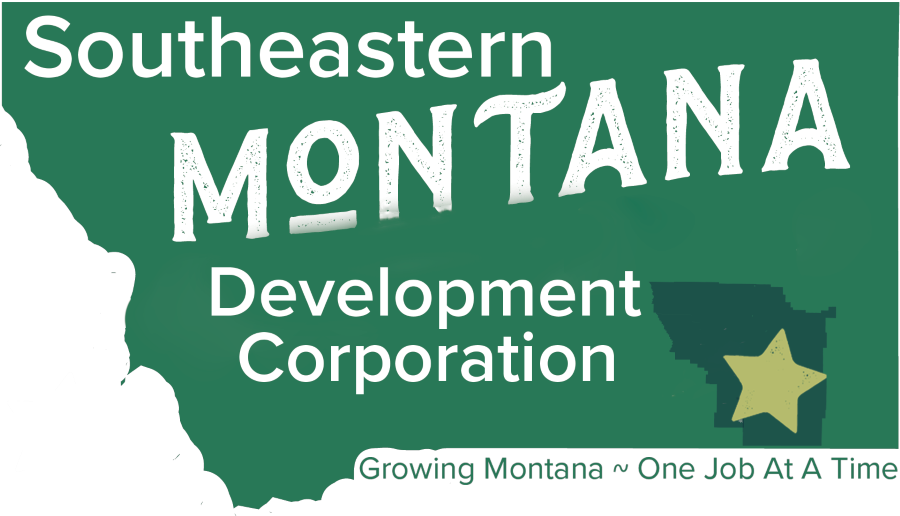Southeastern Montana
The Southeastern Montana Development Corporations district is comprised of the four counties of Rosebud, Powder River, Treasure, and Custer. Covering 13,280 square miles (approximately the same geographical area as the state of Maryland), the area’s population is about 22,000, the density is sparse with only 1.4 people per square mile
Geography
This region is home to a beautiful and vast landscape of prairies, badlands, ravines, forests, and waterways. Three rivers and several creeks run through the District, providing cherished water to this semi-arid climate. Southeastern Montana is filled with many natural resources such as coal, methane gas, oil, and timber; land ownership and natural resource development are key features of the economy. Natural disasters and severe weather such as floods, droughts, forest, and rangeland fires pose threats in this area. Floodplains exist along the three major rivers in the District. The District’s larger communities have built dikes for protection from the flooding, but it is astounding how enormous the cost burden of flood insurance is for small communities. Miles City in Custer County had the highest flood insurance claims in Montana.
Population
The population has consistently decreased since the ’70s; Treasure County has seen the most significant population loss. Between 2000-2003 the Census showed Treasure County to have the 2nd highest percentage of population loss in the country. However, Rosebud and Custer Counties recently had a slight increase, with a 0.6% population increase between 2008 and 2009. The southern portion of Rosebud County is home to the Northern Cheyenne Reservation; other than the Northern Cheyenne community; there is very little ethnic diversity in this area. There has been a consistent decline in the youth population and an increase in this region’s senior population.

